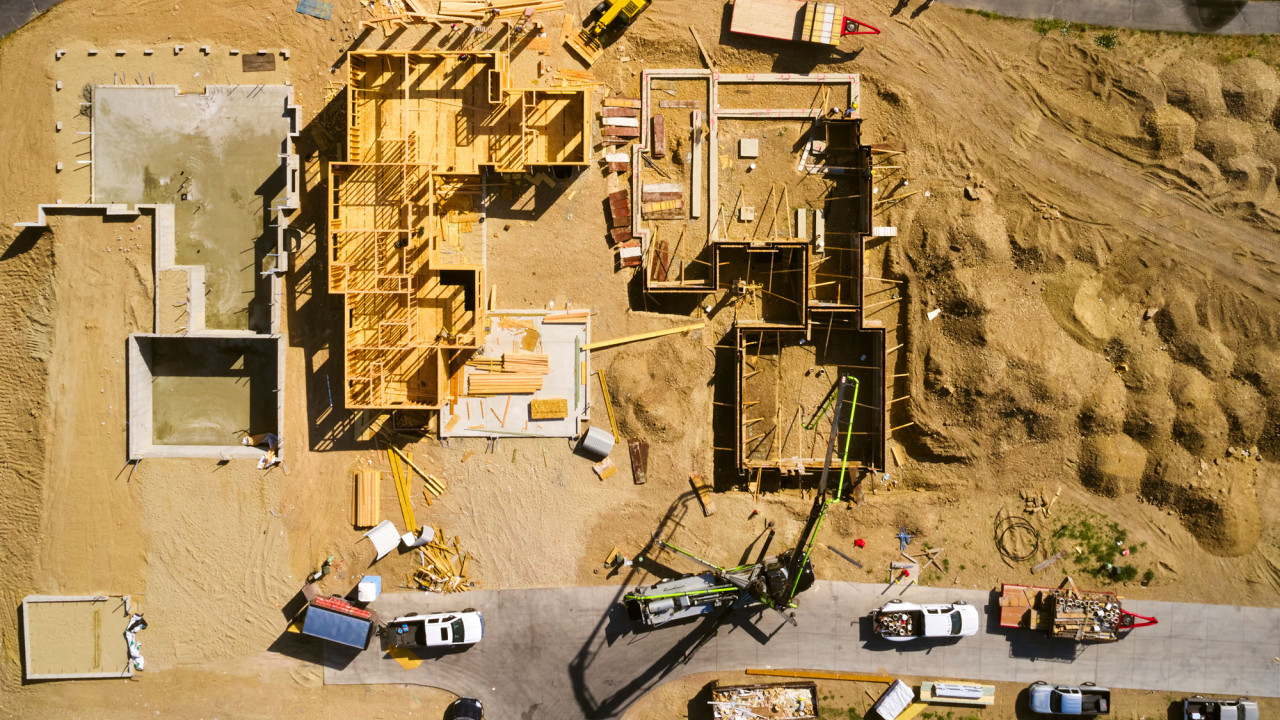Interest Rates for development funding are undoubtedly creeping upwards, with an annualised cost of funds in the 12- 15% range for most – up from the 10% - 12% range a year ago. However simply adding the front end fee, interest rate and line fee together to come to a number is an erroneous way to calculate the cost of funding. The only accurate way is to model it out to calculate the actual $ cost against the actual cash flows. Line fees can add a lot to the cost of debt, especially where the facility is large and the drawdown is slow.
For many, the key challenge at the moment is no longer access to materials, nor even labour, but an absence of pre-sales in a market where lenders’ number one fear is now market risk and therefore they require more pre-sales. The challenge is “the chicken and egg”, no one wants to buy a development before it’s underway, and no funder wants to fund development to get it underway until there are pre-sales. “Catch 22” strikes again.
At Vega, we are working on a couple of angles to help overcome this.
1. The first is to split the funding into two tranches: pre-construction (which is early construction) and construction.
Under the pre-construction funding there is essentially an equity release that will enable a developer to commence works. In an ideal situation it may get them as far as creating individual legal titles ahead of commencing the above ground build, significantly adding to the equity in the project. This facility is then refinanced to a construction facility. The enhanced security value reducing the need for as many pre-sales.
2. The second involves the return of a product called underwrites however that remains a work in progress for now.
Vega Commercial team is available to discuss your needs and options. Contact us today.



